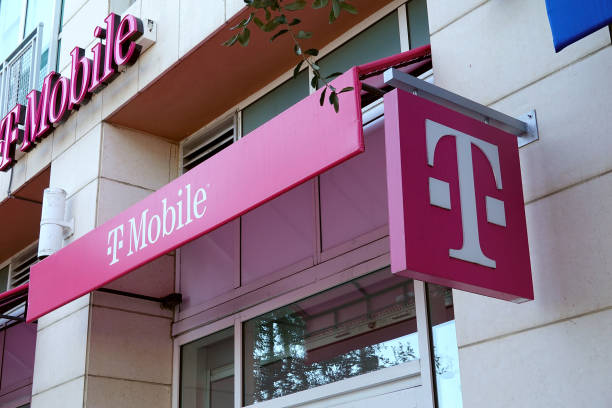T-Mobile has announced an exciting partnership with Starlink to provide satellite-based phone service. This service aims to deliver reliable connectivity in areas where traditional cell coverage is unavailable. The collaboration will be available to customers of T-Mobile, as well as other major carriers like AT&T and Verizon.
T-Mobile showcased this groundbreaking service in their Super Bowl commercial, offering free satellite texting for users on any major U.S. wireless network. This partnership brings satellite technology to the masses, providing coverage to regions where cellular networks cannot reach.
How to Get Started with T-Mobile and Starlink’s New Service
To take advantage of this innovative service, users must sign up for T-Mobile’s beta trial, which is available for free through June. The trial includes text messaging, location sharing, and emergency 911 texts. Starting in July, the service will have a pricing structure: T-Mobile customers will pay $15 per month, or $10 if they sign up for the beta. For AT&T and Verizon users, the monthly cost will be $20. Customers on T-Mobile’s high-end Go5G Next plan ($105/month) will get the service at no extra charge.
AT&T and Verizon users will keep their existing plans. The satellite service is a backup, kicking in only when regular cellular coverage is unavailable.
What the Satellite Service Offers
At launch, the satellite service will provide basic text messaging and location sharing. Over time, T-Mobile plans to expand the service to include voice calls, image-based texts, and limited data support. However, streaming videos or other data-heavy tasks won’t be available at the start. For now, apps that require low data, such as messaging and mapping services, will be supported once data capabilities are introduced.
How the Satellite Connectivity Works
When a smartphone moves beyond the reach of traditional cell towers, it will automatically connect to Starlink’s network of approximately 450 low Earth orbit (LEO) satellites. These satellites form a non-terrestrial network (NTN) that operates independently of existing cellular systems. This setup is what allows T-Mobile to offer satellite connectivity to customers on all major U.S. carriers.
Once connected to the network, users will receive a notification on their phone. A new connection icon will appear, signaling that the phone is using satellite service. Text messaging will be available as long as the phone remains connected to Starlink’s network. When the phone reconnects to regular cellular service, it will return to its usual connection.
The Technology Behind T-Mobile and Starlink’s Satellite Service
Modern smartphones are equipped with modems that allow them to connect to satellites. Even older phones without dedicated satellite modems can still access Starlink’s network. Thanks to technological advances by chipmakers like Qualcomm and MediaTek, phones are now capable of establishing a direct link with LEO satellites traveling at speeds of 17,500 mph, provided they have a clear view of the sky.
Satellite signals are weaker than regular cell signals, so data-intensive applications may not perform well. However, satellite networks are designed to complement, not replace, traditional cellular networks. This collaboration will enhance connectivity, especially in remote areas, and could even open new business opportunities for companies that rely on mobile communication in hard-to-reach places.
Compatible Devices and How to Set Up
Most recent smartphones are compatible with T-Mobile’s satellite service. These include iPhones from the iPhone 14 onward, Samsung Galaxy A14, S21 models, Z Flip, Z Fold 3 and later, Google Pixel 9 series, and the latest Motorola razr, edge, and moto g models.
T-Mobile customers won’t need to make any changes to their phones. AT&T and Verizon customers will need to ensure their phones are unlocked, updated with the latest software, and equipped with an eSIM profile provided by T-Mobile. Once set up, switching between satellite and cellular networks will happen automatically.
How T-Mobile’s Satellite Service Compares to Other Options
T-Mobile’s partnership with Starlink sets it apart from Apple’s satellite service, which connects to Globalstar satellites. While Apple’s service may evolve with its own pricing and features, users could technically subscribe to both services, though this may not be practical.
Other wireless carriers, including AT&T and Verizon, are also exploring satellite connectivity through partnerships with AST SpaceMobile and Skylo. These services, however, are still in development and are not yet widely available.
The Future of Satellite Connectivity
Expanding mobile connectivity to remote and underserved areas is a huge benefit for users and their families. However, some might prefer to remain disconnected, and satellite connectivity could make that more difficult.
Nevertheless, this collaboration between T-Mobile and Starlink marks a significant step forward in mobile technology. Just as early cellular networks revolutionized communication, satellite connectivity will soon become a regular part of our daily lives.
For more updates on this story, visit Euro News 24.
